ARTHUR LAURENTS
SEARCH
Arthur Laurents
“Emotions precede thought, emotions determine thought; plays are emotions.” This was the guiding principle of American playwright, screenwriter, and stage director Arthur Laurents (b. Brooklyn, NY, 14 July 1917; d. New York, NY, 5 May 2011), whose remarkable career spanned seven decades. His numerous Broadway credits include the books for the musicals West Side Story (1957), Gypsy (1959), Anyone Can Whistle (1964), Do I Hear a Waltz? (1965) – all four of these collaborations with Stephen Sondheim –, and Hallelujah, Baby! (1967), which won a Tony Award® for Best Musical. Among his countless plays are Home of the Brave (1945), The Time of the Cuckoo (1952), A Clearing in the Woods (1957), Invitation to a March (1960), and Jolson Sings Again (1995, 1999 George Street Theatre, New Brunswick, NJ). As a stage director he won a Tony Award® for the original Broadway production of La Cage aux Folles (1983) and enjoyed enormous success with revivals of Gypsy (1974 – a Drama Desk Award –, 1989, 2008) and West Side Story (2009). Highlights of his Hollywood screenwriting career were his adaptations for Hitchcock’s Rope (1948), Anastasia (1956), Bonjour tristesse (1958), and his own screenplay, later turned into a novel, The Way We Were (1973). The Turning Point (1977) earned him two Oscar nominations and a Golden Globe nomination.
As a gay man and a Jew, and having been blacklisted from the film industry during the era of the “Hollywood Ten” and the investigations by the House Un-American Activities Committee (what he called “the Witch Hunt in America”), Laurents was particularly alert to problems of ethics, social pressures, injustice, personal integrity, friendship, love, self-deception, and betrayal. All his dramas deal, at some level, with these issues. Personally he was direct and frank enough to make one wince.
Arthur Levine grew up in Flatbush, the son of a commuting Manhattan lawyer; his mother had been a schoolteacher before her marriage. His father had lapsed from his family’s Orthodox faith, and Arthur’s Bar Mitzvah marked the end of any involvement with organized Judaism. His mother’s family, although “Jewish by Hitler’s standards, were Socialist atheists.” He had a little sister Edith who suffered from chorea (St. Vitus’ Dance) as a child but outgrew it in her teens.
His father took Arthur to see his first show, No, No, Nanette in 1925, and from that moment the boy was stage-struck: “My dream was that some day I would walk down the aisle of a musical I had written, while the orchestra was playing. And I did, and it was Gypsy. That was the high spot of my life.” Laurents never lost his affection and admiration for his father: “He was a modest man. He was concerned with values and people behaving decently. I think that’s what he instilled in me. When I was very young he took me on a trip to Washington. He showed me Congress, the Supreme Court – that to him was the high temple of the United States. He taught me respect. The deepest sense of what this country’s about, I got from him. … He also could tell a joke.”
Arthur’s facility and talent for dramatic writing, especially his prodigious knack for dialogue, showed early. At age ten he wrote a short story in school giving a cynical flip to the end of Sleeping Beauty: she sleeps for a hundred years; the Prince wakes her with a kiss and they marry; but the Prince, aggravated that she is so behind the times, sues for divorce.
After graduating from Erasmus Hall High School (also Barbra Streisand’s Alma Mater, 1959) in 1934, Arthur went to Cornell, where he spent almost one whole school year reading plays. (A classmate and good friend there was Eve Merriam.) Only after finishing college did he begin to write seriously. He changed his last name to Laurents, got a job selling towels at Bloomingdale’s, and enrolled in an evening radio writing class at NYU. He sold his first radio play, Now Playing Tomorrow, to CBS for thirty dollars and heard it broadcast with Shirley Booth in the two leading female roles. Arthur Laurents was launched.
Soon he was writing for Lux Radio Theater and developing his own technique for fabricating commercial plots one after another. Writing for radio, he found, was great training: time restrictions taught him economy of language and the courage to cut. “I learned how to establish character through words and how to propel action through dialogue. The more I wrote, the more exciting the whole process was, and most exciting of all was the day my father took me to open a bank account, I had justified his faith in me: I was a professional writer!
And then I was drafted.”
The U.S. had not yet entered World War II, but Laurents was afraid that when it did, his writing career would be ruined. The reality turned out to be quite the opposite. After several pointless “snafus” that sent him from one base to another as a potato peeler or truck driver, he was assigned to a unit of the U.S. Army Pictorial Service located in an old film studio in Astoria, Queens (where the Marx Brothers used to make their pictures). There the film-making hierarchy was totally upside-down: George Cukor, already a famous director, was a private, as were writers Irwin Shaw and John Cheever; all were constrained to hop to the orders of officers who had been at the level of prop boys before the war. Laurents wrote technical training films for the Army (Resistance and Ohm’s Law, How To Carve a Side of Beef), then propaganda (This Is Your FBI) and weekly radio plays for Armed Service Force Presents, headquartered at Radio City.
The only time Arthur Laurents was actually interrogated about his politics by Washington officials was during his service; the investigation was the result of a casual remark dropped by Russel Crouse over a drink with the Army head of radio. Its only consequence was that subsequently Laurents’s radio scripts had to be vetted by the brass.
During his Army years in New York Laurents “drank an awful lot, I drugged an awful lot.” He turned tricks by the dozens, although he claimed to be “a hopeless romantic … Well, no one could have that much sex and be entirely romantic, but the dangerous side never appealed to me.”
In 1944 he attended the ballet for the first time and was swept away: he fell in love with Nora Kaye in Pillar of Fire, and their romantic attachment would last, off and on, for many years. Weeks later he saw Fancy Free; he immediately became close friends with its creators Jerome Robbins and Leonard Bernstein, dancers John Kriza and Harold Lang, and soon with associated artists like Oliver Smith, Betty Comden and Adolph Green, Sono Osato, and Cris Alexander. Robbins seriously considered Laurents to write the book for On the Town and later collaborated with him on the plot outline for Look Ma, I’m Dancin’!
Fifty-six years later, in the conclusion to his memoir Original Story By (Applause Theatre Books, 2000), Laurents poignantly pays homage to this particular group of his friends: “[Jerome Robbins’s] death left me with a peculiar feeling: vague anxiety, vague depression, … I recognized anxiety, but I’m rarely if ever depressed. … Why hadn’t that happened with the deaths of others whom I cared deeply about? … Why Jerry? Because he was the next to last.
“Harold Lang was the first; then Nora; then Lenny; then Oliver; and now Jerry. I had met them all at the same moment during the war and began all my lives with them. … They’re all dead, all gone; only I am left.”
Laurents outgrew his wild lifestyle at about the time he was discharged from the Army. “I reached a point where I had been drinking so much and screwing so much, it just depressed the hell out of me. Somebody said to me, if you don’t stop going to parties, you’ll never write a play. So I wrote a play.” It took him nine consecutive nights to finish Home of the Brave, a drama about anti-Semitism among soldiers in the South Pacific. (Of course Laurents had never been in a combat zone.) The play opened on Broadway in December 1945 and ran for 69 performances, a nominal failure in spite of good reviews.
Reviews good enough, indeed, to catch the attention of film producers; Stanley Kramer bought the movie rights to Home of the Brave and imported Laurents to Hollywood. By 1948 the writer was being traded between studios as a script doctor. His first major assignment was to rewrite the screenplay to The Snake Pit, starring Olivia de Havilland, for director Anatole Litvak. Laurents’s work was uncredited, and in fact the writers who had submitted the original screenplay produced a forged carbon copy of the revised version to claim that the credit was theirs.
Alfred Hitchcock, however, knew the truth and hired Arthur Laurents to work on the screenplay for his next project, an unorthodox filming of the British mystery thriller Rope (1948). As luck would have it, Laurents was having an affair with one of the movie’s stars, Farley Granger. Nothing in the script indicated explicitly that the murderers were homosexual lovers, but the censors were not fooled; by all indications, however, the star playing the detective, James Stewart, was. Laurents’s relationship with Hitchcock was warm and familiar at first, but Laurents later presumed too much upon it and told Hitchcock exactly what he thought (not much) of two or three properties the director had bought. “Hitch confused friendship with blind approval or at least acquiescence.” After Rope, they never worked together again.
When his own play Home of the Brave finally reached the screen in 1949, the central role, originally a Jew, was given to a black character. Laurents asked the producer to explain his decision and was told, “Jews have been done.” Apparently it didn’t matter to a Hollywood producer that there had been no mixed-race units in the Army during the Second World War.
Laurents collaborated on two more films during 1949, Anna Lucasta with Paulette Goddard, and Caught with James Mason and Barbara Bel Geddes.
Writers and directors in Hollywood in 1949 were facing increasing scrutiny into their political associations. The first systematic blacklist had been instituted in November 1947, the day after ten artists were held in contempt of Congress for refusing to give testimony to the House Committee on Un-American Activities. A group of film studio executives, under the aegis of the Motion Picture Association of America, announced the firing of those “Hollywood Ten.” (Each of them served a one-year jail sentence.) In June 1950 a pamphlet called Red Channels appeared, naming 151 entertainment industry professionals, including Laurents, as “Red Fascists and their sympathizers,” and soon most of those named, along with many other artists, were barred from employment in film, television, and radio. The red-ban would go on until the blacklist began to weaken in the late ’50s.
Arthur Laurents resumed playwriting in New York, where the theatre was immune to the film industry’s blacklists – as he explained, theatre producers were independent and not beholden to banks, politicians, or corporations. In February 1950 his second Broadway production, The Bird Cage, starring Melvyn Douglas and Maureen Stapleton, opened on Broadway, directed by Harold Clurman, but it was a dismal flop, running for only 21 performances.
Then the McCarran Internal Security Act of 1950 was passed, which (among other curtailments of freedoms) prohibited individuals suspected of subversive activities from obtaining passports. Arthur Laurents, Farley Granger, Howard Clurman, Stella Adler, and another couple grabbed the passports they feared would be confiscated and headed straight for Europe. Laurents and Granger remained abroad, traveling throughout Europe and northern Africa for about eighteen months, during which time their romance faded. They continued to live together in California for a year or so afterward.
Back in New York, meanwhile, Jerome Robbins had brought his musical Look Ma, I’m Dancin! to Broadway in 1948 and was now hoping to make a film of it at Paramount. The Paramount execs approved the project, on condition that Laurents would not be allowed any part in it. Thus Laurents’s suspicions were confirmed that he had been blacklisted by the industry. The cause, it seemed, was that the (Communist) Daily Worker had published a review of Home of the Brave, approving what appeared (to the film studios) to be subversive material in the movie. Laurents decided to head for Europe again, this time alone.
As soon as he tried to book passage, his passport was indeed lifted. With the help of a lawyer recommended by Jerry Robbins, he managed to retrieve it by writing to the State Department a lengthy explanation of his political beliefs, which he thought would surely condemn him. “No,” said the lawyer. “It’s going to get you your passport. Your beliefs are too idiosyncratic. They’ll know you can’t have been a member of anything.”
But there was something fishy about the ease with which the retrieval was accomplished: as soon as he boarded the Ile de France he received a cabled job offer from MGM. “The chain of scoundrels was that blatant and that efficient,” Laurents wrote in 2000. “Red tape could be cut in a matter of days when the State Department, the House Un-American [Activities] Committee, and the Motion Picture Industry put their minds to it.” But the MGM movie never came about.
In 1952 Laurents was back on Broadway with The Time of the Cuckoo, starring his old friend Shirley Booth. The play, a comedy-drama about an American spinster tourist looking for romance in Venice, suffered from irreconcilable differences between the star and the director, Harold Clurman, but nonetheless it gave Laurents’s career a big boost: Brooks Atkinson reported that he had written “a lovely play for Shirley Booth which was a lovely time for everybody.” It was a hit, ran for 263 performances, and resurfaced later in two notable transformations: a screen adaptation for Katharine Hepburn called Summertime (1955) which Laurents viewed askance (as he did most films), and a moderately successful Broadway musical, Do I Hear a Waltz? (1965), with music by Richard Rodgers and lyrics by Stephen Sondheim.
The “McCarthy hearings” before the HUAC were now in full swing; among the men of the theatre who testified and “named names” of suspected Communists were Budd Schulberg, Elia Kazan (April 1952) and Jerome Robbins (May 5, 1953). Laurents was revolted and would revisit this bitter episode in his 1995–1999 play Jolson Sings Again, but at the time he was Robbins’s best friend. (Incidentally, both he and Robbins had been engaged to Nora Kaye.)
At Robbins’s interview with the Committee, which took place in New York and lasted no more than an hour, he announced publicly, “I feel that I am doing the right thing as an American.” But later, sitting in his apartment with Laurents and dancer Buzz Miller, Robbins was not so positive: “It’ll be years before I know whether I did the right thing.”
Arthur Laurents shot out, “I can tell you right now. You were a s***.”
The playwright did in fact understand the motives behind the choreographer’s capitulation (he always called it “informing,” although his own name was never named by anyone to the Committee). Why did the informers inform? “They wanted to work in films. It’s that simple.” The Committee was known to remove an “informer’s” name from the blacklist in exchange for a new name to add. Furthermore, Laurents could not have helped but know that Robbins was terrified that if he didn’t cooperate, he risked being exposed as a homosexual. Ed Sullivan had already threatened as much.
Although Laurents and Robbins continued together for another decade to create great works for the musical stage, their friendship deteriorated – not because of Robbins’s informing but because he was, as Laurents ultimately put it, “a monster.” (From Jolson Sings Again: “You’re not evil because you informed; you informed because you’re evil.”) It came to pass that when Gypsy was successfully mounted in 1959, Laurents demanded a boost in his royalties from producer David Merrick “for the agony of having to work with Jerry Robbins.” Yet as Laurents acknowledged much later, “Jerry always had this insane faith in my abilities as a writer.”
Laurents came back to work in Hollywood in 1954. The only requirement was that he sign a statement with his agent that he “was not now nor had ever been,” etc. He took a piece of paper and wrote, “I am not now nor have ever been a member of the Shoe Shine Boys Union.” It seemed to suffice. He claimed to harbor no hard feelings, but admitted “I was too cautious about what I would join or give my name to. It makes you scared and that’s the whole purpose.”
Gore Vidal, who was working at MGM at the time, suggested to Laurents – since Laurents didn’t share Vidal’s taste for hustlers – that he check out a certain handsome young man working at a men’s department store in Los Angeles. He did, and approached Tom Hatcher with, “You’re a friend of Gore Vidal’s?” To which the young man responded, “Oh, that man of letters.” It broke them both up, broke the ice, and the two spent the next 52 years together.
Leonard Bernstein came out West in 1955 to visit and to suggest a new collaboration. In the course of conversation he mentioned Jerry Robbins’s pet “Romeo” project to Laurents, but they had many other plot ideas to mull over. Certainly Robbins would direct whatever they came up with. But when they pitched their ideas to Robbins, he called them “trash” and proposed his “much more noble thing,” which after two more years of development and the addition of lyricist Stephen Sondheim to the team, became West Side Story.
Because of delays due to other projects like Bernstein’s Candide (1956), Robbins’s work on the film of The King and I (1956), and Laurents’s screenplay for Anastasia (1956) as well as a new play on Broadway (A Clearing in the Woods with Kim Stanley, 1957), and due to difficulties finding a producer for such an apparently unpromising musical rehash of Shakespeare’s Romeo and Juliet, West Side Story arrived on the boards in Washington DC only in August of 1957. Its gestation had been, according to the testimony of all four creators, a “marvelously harmonious collaboration.” “At some point in the first act,” writes Laurents, “Jerry, who was sitting behind me, began pounding me on the back, crying, ‘They like it! They like it!’ They didn’t like it, they loved it.”
When the collaborators had begun, they had all admired, challenged, and respected one another. “No one was odd man out. Then the acclaim began and the quartet became a trio and one self-proclaimed soloist.”
Before embarking on another musical with Sondheim and Robbins, Laurents adapted the novel Bonjour tristesse by Françoise Sagan (whom he had known in Paris) for the 1958 film of the same title with Jean Seberg, Deborah Kerr, and David Niven..
The new musical, Gypsy, had music by Jule Styne, lyrics by Sondheim, and direction and choreography by Robbins. Ethel Merman was cast as Rose before the show was written. Opening in May 1959, it was, at 702 performances, Laurents’s greatest hit to date and would remain so until La Cage aux Folles in 1983. It got eight Tony® nominations (Best Actress, Best Featured Actress and Actor, Best Director, Best Musical, etc.) but no wins – The Sound of Music and Fiorello! shared most of the honors that year. (When Gypsy was filmed in 1962 with Rosalind Russell as Rose, the screenplay was provided by Leonard Spigelgass, not Laurents.)
In 1960 Laurents made his Broadway directing debut with his own fairy-tale comedy Invitation to a March, with Celeste Holm, Eileen Heckart, and Jane Fonda. It was only a moderate success but brought Heckart a Tony® nomination. Far more successful was I Can Get It for You Wholesale (1962, by Jerome Weidman from his novel), introducing Barbra Streisand, without whose performance as Miss Marmelstein the show would surely not have reached its 300-performance mark. And without director Laurents, the unorthodox nineteen-year-old Streisand might never have been cast as a 50-year old secretary. (Record producer Goddard Lieberson opined, on first hearing her, that she was “too special for records.”)
Another collaboration with Stephen Sondheim, the notorious flop (nine performances) and cult favorite Anyone Can Whistle (1964), was both written and stage-directed by Arthur Laurents and starred Angela Lansbury, launching her supremely successful career in musicals. The next year saw the 220 performances of Do I Hear a Waltz?, the musicalization of The Time of the Cuckoo, with music by Richard Rodgers (Hammerstein had died in 1960) and lyrics by Sondheim. The songwriters had serious differences, and Laurents blamed himself ever after for insisting that they work together.
Laurents had been close friends with Lena Horne ever since they had met on the Ile de France in 1952. Now, fifteen years later, he wrote the book of a musical for her, Hallelujah, Baby! Horne was unable to join the cast in 1967 and was replaced before the show went into production by Leslie Uggams, already a popular television star. Jule Styne wrote the music, Betty Comden and Adolph Green the lyrics. It ran for 293 performances and won the Tony Award® for Best Musical, as well as a bouquet of other honors.
Laurents took a little rest on his laurels until Hollywood producer Ray Stark lured him back to the movies. He was interested in developing a screenplay dealing with “Witch Hunts”: events and personalities from his college days as well as from the early ’50s. The result would be The Way We Were (1973), starring Streisand as a Jewish leftist political agitator and Robert Redford as a complacent, golden-boy WASP writer – as lovers.
The Way We Were was the first of Laurents’s screenplays that was not an adaptation of someone else’s work. Since his material was harvested from his own experience, he found himself caring too much. “When the producers, stars, directors, when the powers want a script, they kiss your a**; when it’s delivered, they throw you out on your a**.” During the filming, Laurents was fired and replaced by eleven other screenwriters, then rehired to clean up the mess. Finally, under pressure from Redford and director Sydney Pollack, most of the political matter and meaning of the film was cut out. “What I objected to was their ignorance. OK, you don’t like it. Why? You don’t like it because you don’t understand it. They said it’s better being about love than about politics. Just like life. … I decided I’d never do another movie.”
Yet he was back in 1977 for his last Hollywood venture, The Turning Point, a story about two former ballerinas (Shirley MacLaine and Ann Bancroft), one who has chosen to pursue a career in dance, the other to raise a family. Directed by Nora Kaye’s husband Herbert Ross, it featured Mikhail Baryshnikov and was nominated for eleven Oscars®, including one for Laurents’s screenplay.
He went to London in 1974 to direct a revival of Gypsy with Angela Lansbury, and brought the new production back to Broadway for a successful four-month run. Subsequent revivals of Gypsy were staged on Broadway in 1989 with Tyne Daly as Rose, and in 2003 with Bernadette Peters (Sam Mendes directed). In 2008 a fourth revival, originally part of the limited-run Encores! concert series at City Center, moved to Broadway and enjoyed 332 more performances, winning Tonys® for Patti LuPone, Boyd Gaines, and Laura Benanti. It was again directed by Laurents, now 90 years old, who made it “an Event” in honor of his longtime partner Tom Hatcher, who had died in 2006.
In 1983 Laurents was back on Broadway directing La Cage aux Folles. It was by far the hugest success of his career, running over four years with 1761 performances. He won the Tony Award® for Best Direction of a Musical, while Harvey Fierstein won for the Book, Jerry Herman for the Music and Lyrics, George Hearn for Best Actor, Theoni V. Aldredge for Costumes, and the producers for Best Musical. The show won a cornucopia of Drama Desk Awards as well.
Nick & Nora (1991), another musical with book and direction by Arthur Laurents, with music by Charles Strouse and lyrics by Richard Maltby Jr., was based on the posh private investigators of Dashiell Hammett’s Thin Man series. When it closed after only nine performances, Laurents had to confess it was “the biggest and most public flop of my career.”
None of his original plays written over the next two decades (The Radical Mystique 1995, Attacks on the Heart 2003, New Year’s Eve 2009, Come Back, Come Back, Wherever You Are 2009) made it to Broadway, but his Jolson Sings Again (1999), once again raising the issue of the Hollywood blacklist, caused a stir with a production in New Brunswick, NJ, which coincided with the awarding of a special (and much protested) Oscar® to Elia Kazan.
Laurents was still directing, however, and in 2009 he took on a bilingual revival of West Side Story, with some dialogue in Spanish (translations and lyrics by Lin-Manuel Miranda). Ben Brantley of the New York Times judged it “an only partly successful experiment.” Nonetheless, the dual-language revival earned four Tony® nominations and ran for 748 performances.
Laurents published two books near the end of his long life: his memoirs, Original Story By, in 2000, and Mainly on Directing: Gypsy, West Side Story and Other Musicals in 2009. The first is a rambling but absorbing stroll through the museum of his many, mostly famous, friends and associates, full of incisive observation but without much concern for chronology. Mainly on Directing dissects the causes behind success or failure of shows, examining examples of his own work and that of other directors.
Laurents and Hatcher lived most of their 52 years together in Greenwich Village in New York, and in their country house in Quogue, Long Island, where over the years Hatcher built and landscaped a twelve-acre park, a frequent refuge for them both. In 2010 a new award was announced, to be administered by the Laurents/Hatcher Foundation: $50,000 to “an un-produced, full-length play of social relevance by an emerging American playwright,” along with a grant of $100,000 toward production costs at a nonprofit theatre. The first award was given in 2011.
Arthur Laurents died at home after a brief illness on May 5, 2011, of complications of pneumonia. The next day at 8 PM, as long tradition dictates, the theatre lights on Broadway were dimmed for one minute in his memory.

 Amanda S. Stevenson
Amanda S. Stevenson 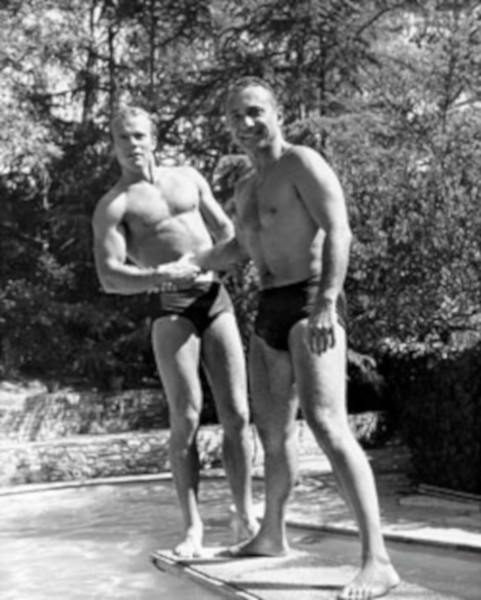
 Amanda S. Stevenson
Amanda S. Stevenson 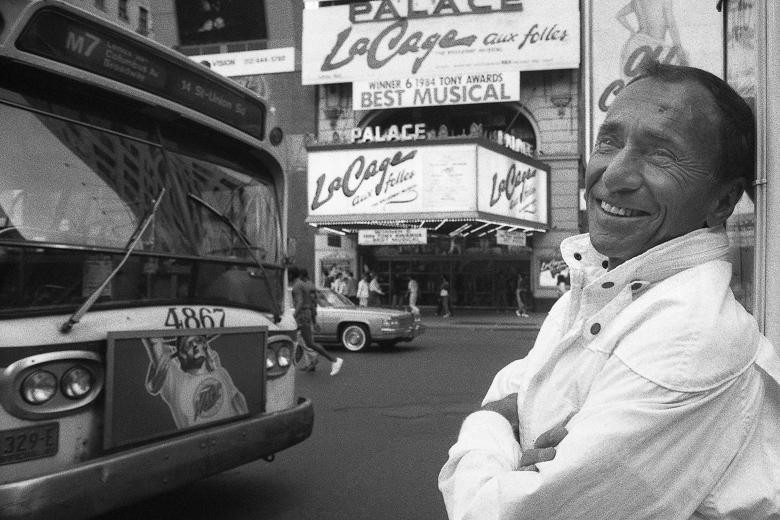
 Amanda S. Stevenson
Amanda S. Stevenson 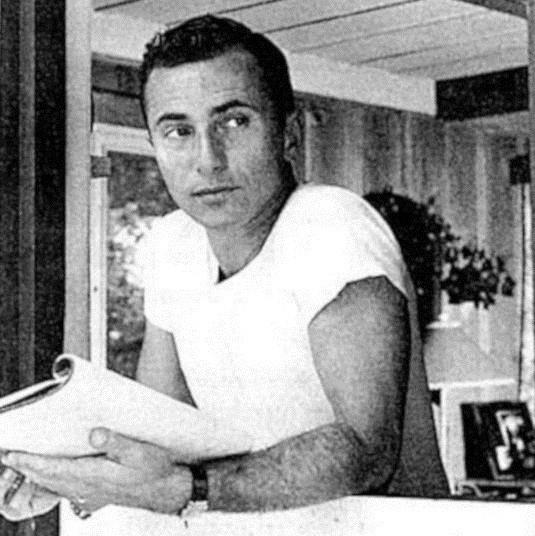
 Amanda S. Stevenson
Amanda S. Stevenson 
 Amanda S. Stevenson
Amanda S. Stevenson 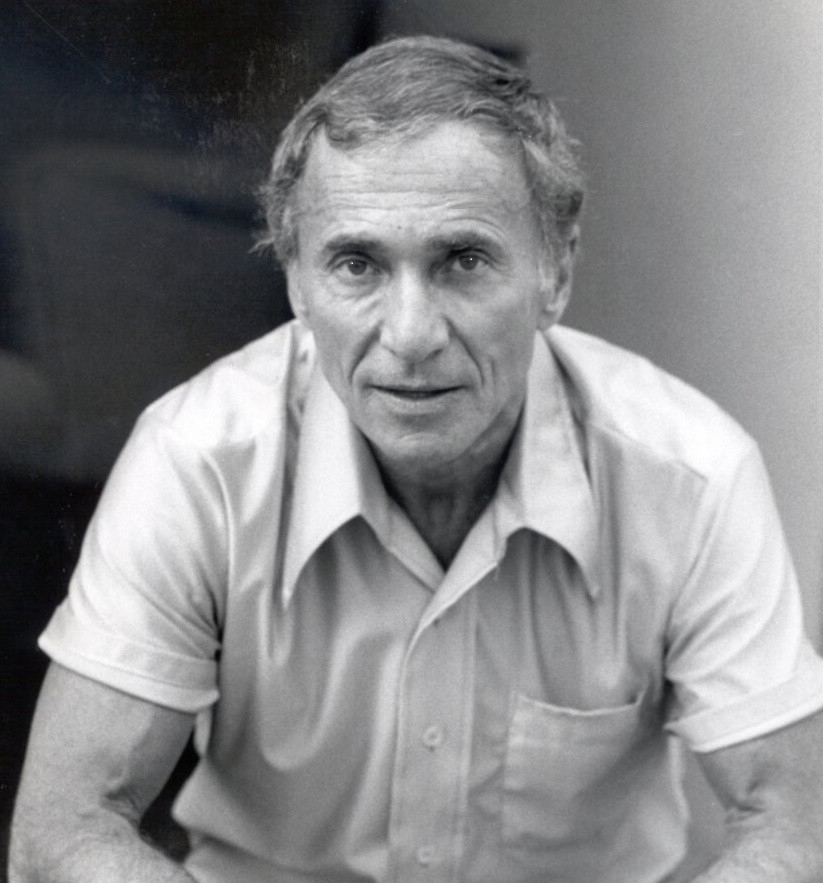
 Amanda S. Stevenson
Amanda S. Stevenson 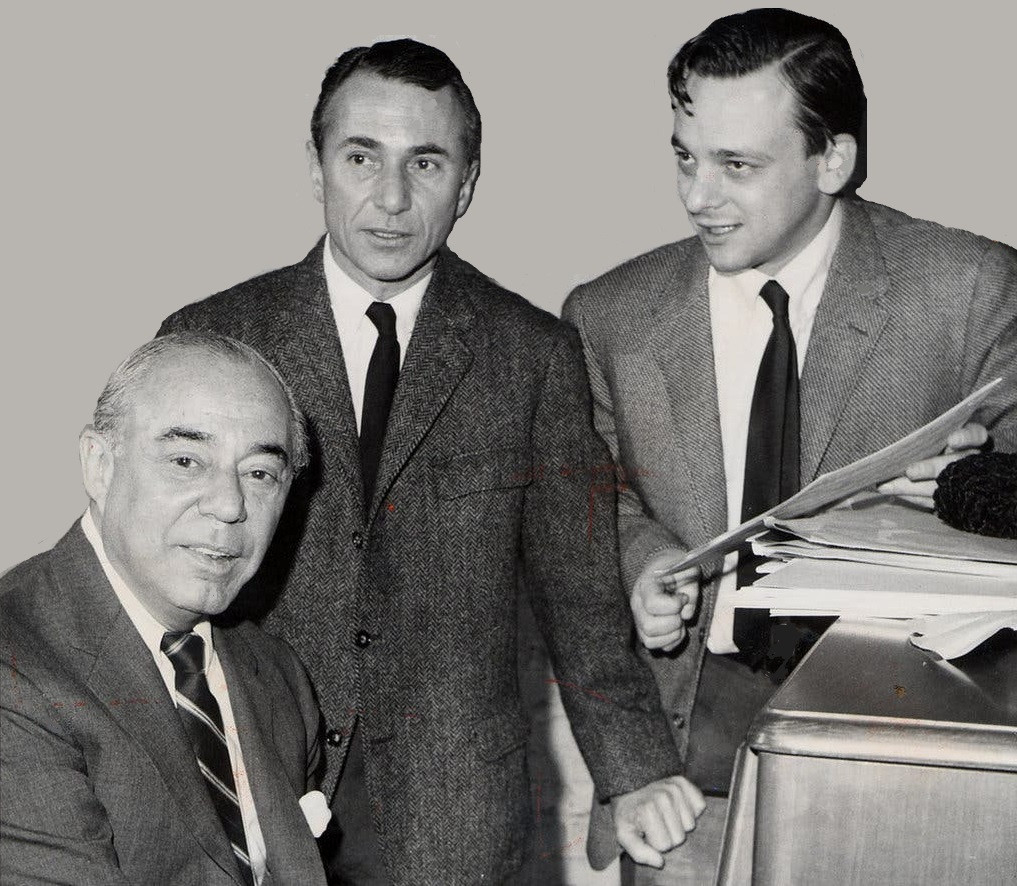
 Amanda S. Stevenson
Amanda S. Stevenson 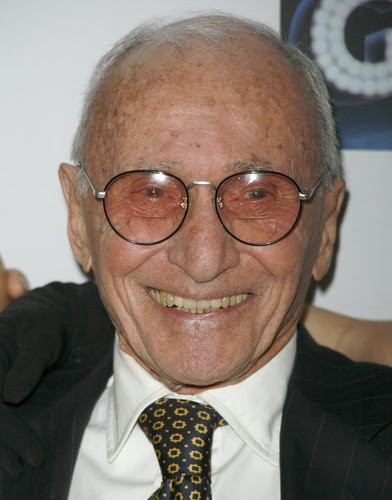
 Amanda S. Stevenson
Amanda S. Stevenson 